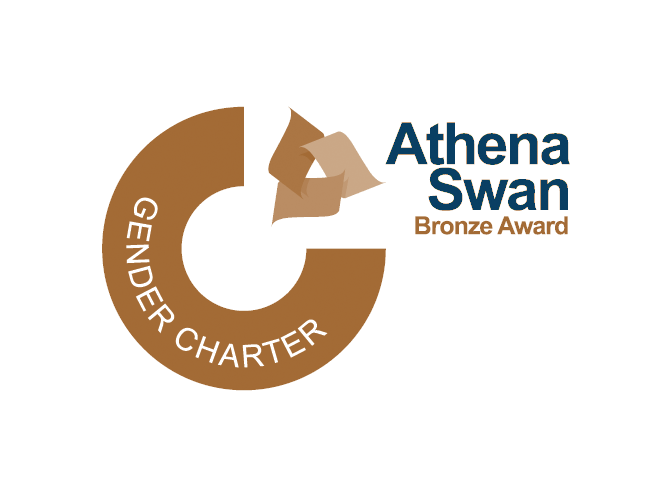Angular information is applied across domains such as navigation, virtual and augmented reality, and robotics to tackle research problems related to directions and orientations. It can be encoded into polarization to reveal hidden content, and it can also be encoded into parallax to track an object with high accuracy. This talk starts from exploring the potential of polarization and how angular information plays a crucial role in uncovering hidden phenomena, along with real-world applications. It then introduces two stable and precise visual methods for measuring directional information. The first approach was to design a passive marker, MoiréTag, that exploited the moiré effect to encode high accuracy angular information into moiré patterns generated by periodic binary structures printed on both sides of a glass wafer. We then extended the continuous tracking approach into a discrete fashion by introducing a scannable QR-design marker. High frequency information encoded in the QR-Tag can be reliably decoded by a phone camera from different positions at a certain distance.
Zoom link: https://cam-ac-uk.zoom.us/j/85729309331?pwd=zK1iDpj3DEGEIaYCWJMYBvLLcbCY4I.1

